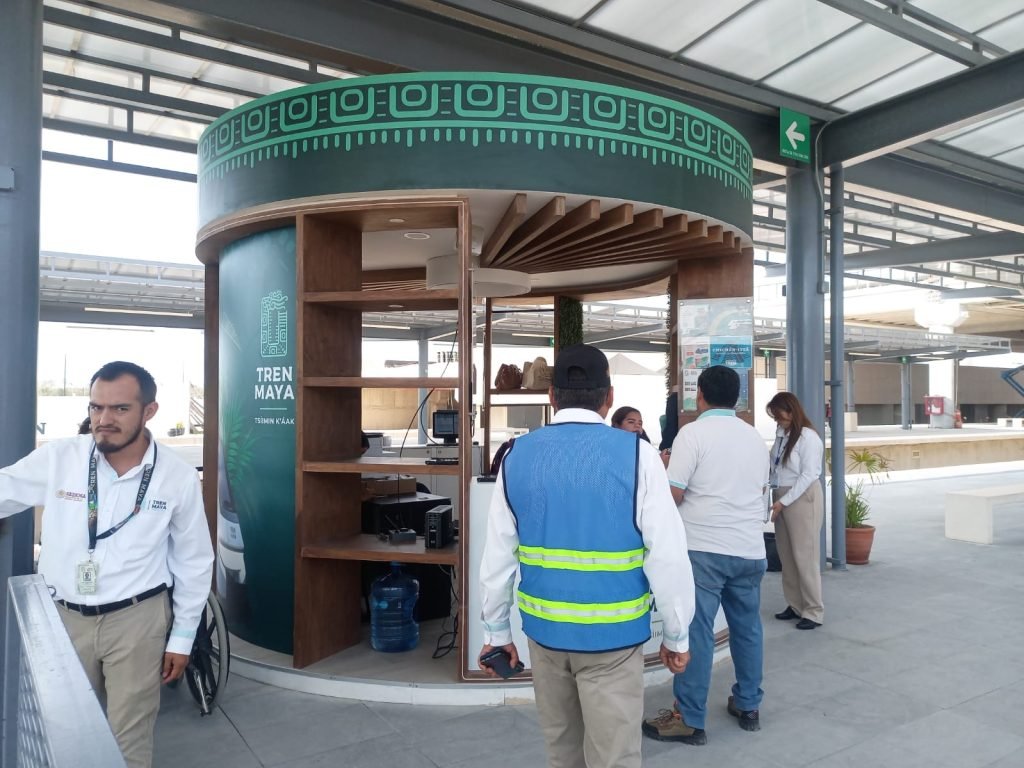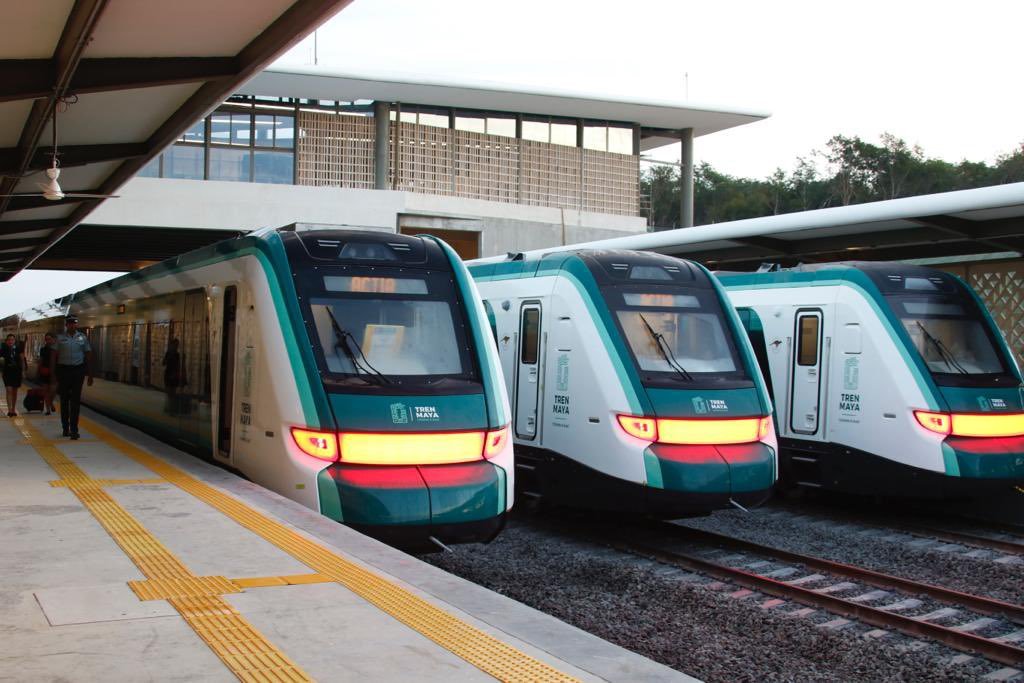Tren Maya Faces Financial Hurdles Amid Mixed Public Reception
The Maya Train, a flagship infrastructure project of President Andrés Manuel López Obrador’s administration, is grappling with significant financial challenges in its early months of operation. Billed as a transformative initiative to boost tourism and regional connectivity in southeastern Mexico, the train’s operational costs have far outpaced its revenue since its December 16 launch.
In its first 184 days, the Tren Maya generated approximately 106.8 million pesos from ticket sales, with an additional 1.8 million pesos from souvenirs and 6.5 million pesos from food sales. However, operational expenses have surged to 814.5 million pesos, primarily driven by wages and other overheads. For every 100 pesos earned, 700 pesos are spent, raising concerns about the project’s financial sustainability. Daily ridership has averaged 1,160 passengers, a figure significantly below the anticipated capacity, with only 16 of the planned 42 trains currently in operation.

A Vision of Connectivity and Growth
The Maya Train was conceived as a 1,500-kilometer rail network connecting Quintana Roo, Campeche, Yucatán, Chiapas, and Tabasco. Its primary goals are to drive tourism to iconic archaeological sites, such as Chichén Itzá and Tulum, and to stimulate economic development in a historically underdeveloped region. Proponents argue that the project represents a significant investment in Mexico’s infrastructure and cultural heritage, offering economic opportunities to local communities along its route.
Challenges Along the Way
Since its announcement in 2018, the Tren Maya has encountered a series of obstacles:
- Environmental Impact: Environmental groups have raised concerns over the project’s disruption of sensitive ecosystems, including rainforests, mangroves, and cenotes. Legal challenges have delayed construction and necessitated route adjustments.
- Cultural Preservation: The route traverses archaeologically significant areas, prompting additional studies and precautions to protect ancient Maya sites.
- Budget Overruns: Originally estimated at $6 billion USD, the project’s costs have ballooned due to delays, construction challenges, and inflation in material costs.
- Community Tensions: Some indigenous groups and local residents have reported displacement and insufficient consultation during the planning process, fueling local resistance.

Public Perception Remains Divided
The Tren Maya has sparked contrasting views across Mexico. Supporters see it as a long-overdue investment in southeastern Mexico, with the potential to revitalize tourism, create jobs, and address regional disparities. Many residents along the route are optimistic about the economic opportunities it could bring, particularly in tourism-dependent communities.
Conversely, critics highlight the project’s high costs, environmental concerns, and potential cultural risks. Activists and indigenous leaders have accused the government of prioritizing economic development over ecological and cultural preservation. The financial strain of the project, coupled with its current operational losses, has further fueled skepticism about its viability.
Looking Ahead
Despite its challenges, the Maya Train remains a centerpiece of López Obrador’s administration, symbolizing a commitment to regional equity and national infrastructure development. However, its long-term success will depend on addressing financial inefficiencies, increasing ridership, and managing the environmental and social concerns it has generated. As the project continues to evolve, its ability to balance these priorities will likely determine whether it is remembered as a transformative achievement or an ambitious misstep.
Discover more from Riviera Maya News & Events
Subscribe to get the latest posts sent to your email.

